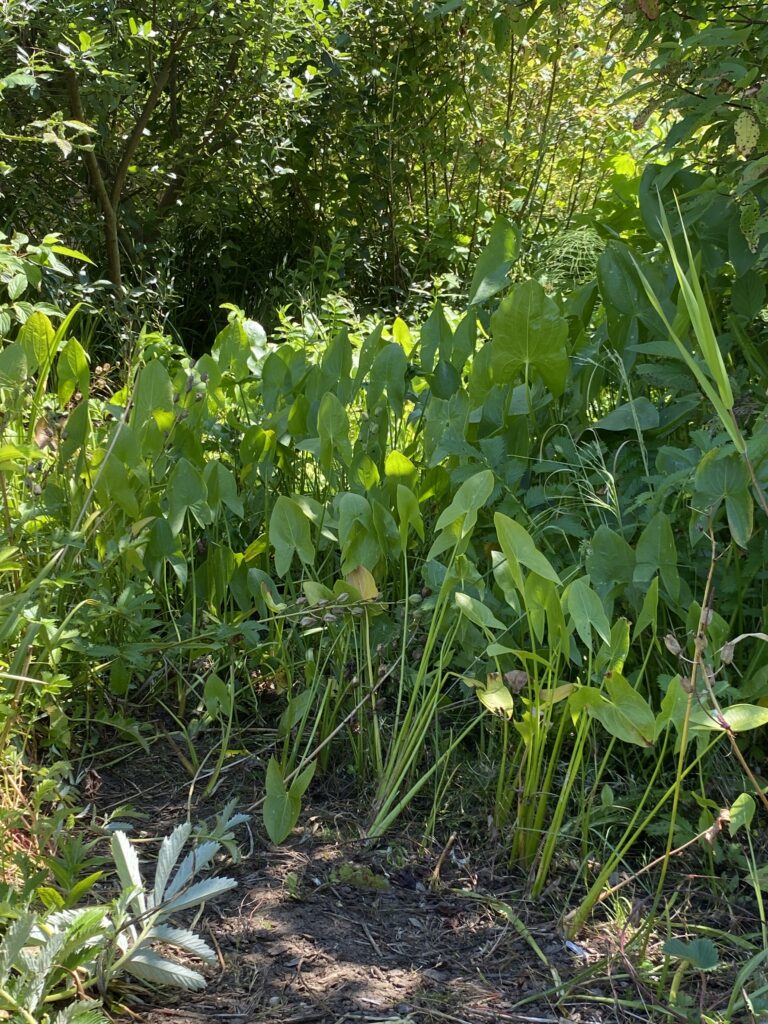
The ancient practice of foraging has been gaining attention online in recent years. People with little to no foraging experience are enthralled with the practice – and rightfully so! Foraging is fun, fascinating, and a great way to get in touch with nature. What better place to forage than in a National Park?
Unfortunately, it’s not that simple. Can you forage in National Parks? That depends.
While the default ruling is that foraging is illegal in National Parks, individual parks do have the authority to allow foraging. In fact, about 75% of National Parks do allow foraging of some kind.
Currently, there are 63 National Parks in the United States. As of 2019, 46 of these parks allow foraging of some variety. A park superintendent can specify what types of plants can be harvested, what methods can and can’t be used, the quantity of the harvested plants, and what the harvested plants may be used for.
In 2016, the National Park Service changed their regulations regarding foraging for indigenous people.
“The National Park Service has modified the regulation governing the gathering of plants in national parks to allow members of federally recognized Indian tribes to gather and remove plants or plant parts for traditional purposes.”
To be eligible for this practice, tribes must have traditional associations with the land inside the park, and the plants must be gathered for traditional purposes only. Individual agreements between tribes and parks specify which plant, the amounts to be forage, and what individuals of the tribe are permitted to do so. This ruling continues to ban foraging on National Park lands for commercial use.
It’s also important to remember that State Parks and National Parks have different rules. Foraging is for personal use only. It is against the law to harvest for commercial purposes.
National Park Services
Harvesting of any kind is not allowed unless specifically permitted by the individual park.
Lewis & Clark National Historical Park
Visitors are allowed to harvest 1 pint of berries or fruited bodies per person per day. This does not include mushrooms, as our local mushrooms are a vital part of our educational experiences.
Oregon State Parks
“Plant life and natural resources may not be picked, cut, removed or mutilated. However, visitors may gather for personal consumption berries, fruits, mushrooms, or similar edibles in quantities not to exceed five gallons per person per day.” Note: some state parks will have areas where foraging is restricted, like in formal gardens, overnight camping areas, and other specified locations.
Fort Stevens State Park
According to the general rules for Oregon State Parks, “Unless otherwise posted a person may gather for personal consumption berries, fruits, mushrooms, or similar edibles in quantities not to exceed one gallon per person per day.”
Historically, anti-foraging laws hurt Indigenous people the most. Traditional methods of foraging actually encourage plant growth and spread, nullifying and concerns of overharvesting.
